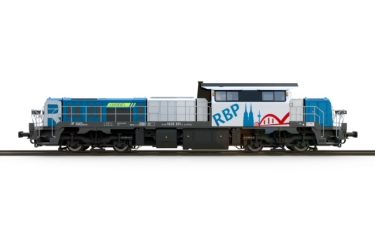The Port of Koper is one of the most important ports in the Adriatic and Mediterranean. Why? There are many reasons. First of all, in 2022 it became the first port on the Adriatic to exceed one million TEUs in turnover in a single year. Since then, the performance has not declined. In 2023, the container segment grew by 5% (with 1,066,096 TEUs handled).
Furthermore, the Port of Koper is strategically located in the northern part of the Adriatic Sea and serves as the main gateway for sea-rail intermodal transportation in Central and Eastern Europe. The authorities report that in 2023, 1,642 ships docked, 20,609 trains, and 422,811 trucks (6% more than the previous year) were handled. The share of road and rail transport in total transshipment is slightly on the side of the rail at 52%, which is why the construction of the Divača-Koper railway line, which will be completed in 2025, is the one of the most important infrastructure investments for the intermodal transport sector in Europe. Of course, the port already has a well-developed rail and road network that connects it to major markets in the region, including Poland, Austria, Italy, Hungary, Czechia, Slovakia and the Balkans.
This is one of reasons why Rohlig SUUS Logistics chose Slovenia as one of its places to expand business. For years, we have been observing the growing importance of Slovenia in the CEE region, which is why in 2019 we decided to open a branch in Koper, where we provide a comprehensive logistics solutions for our customers, including sea, road and rail freight, as well as intermodal solutions, which is a rapidly growing segment of the market. More and more companies want to conduct their operations in a sustainable and pro-environmental manner, and intermodal freight can ensure this by reducing the carbon footprint. At SUUS, we have customers who have chosen this service.
Of course, we have to bear in mind, that the importance of the Port of Koper is also related to external factors. On the one hand, EU funds for infrastructure development are very important, but on the other hand, a long-term threat to the further development of the Port of Koper and other ports in the Adriatic and Mediterranean is certainly the continuing crisis in the Red Sea.

